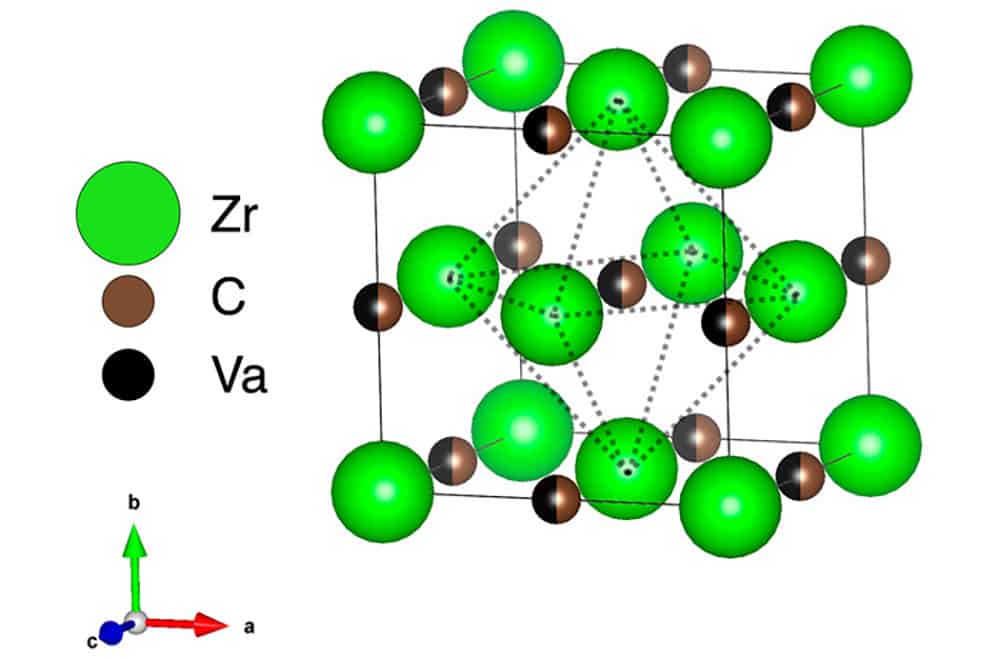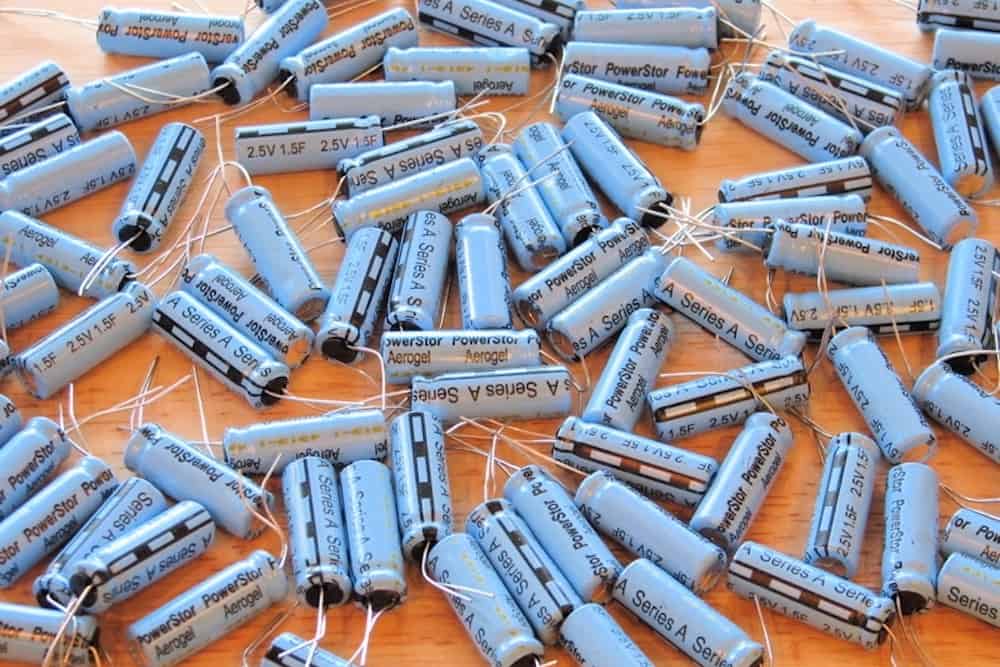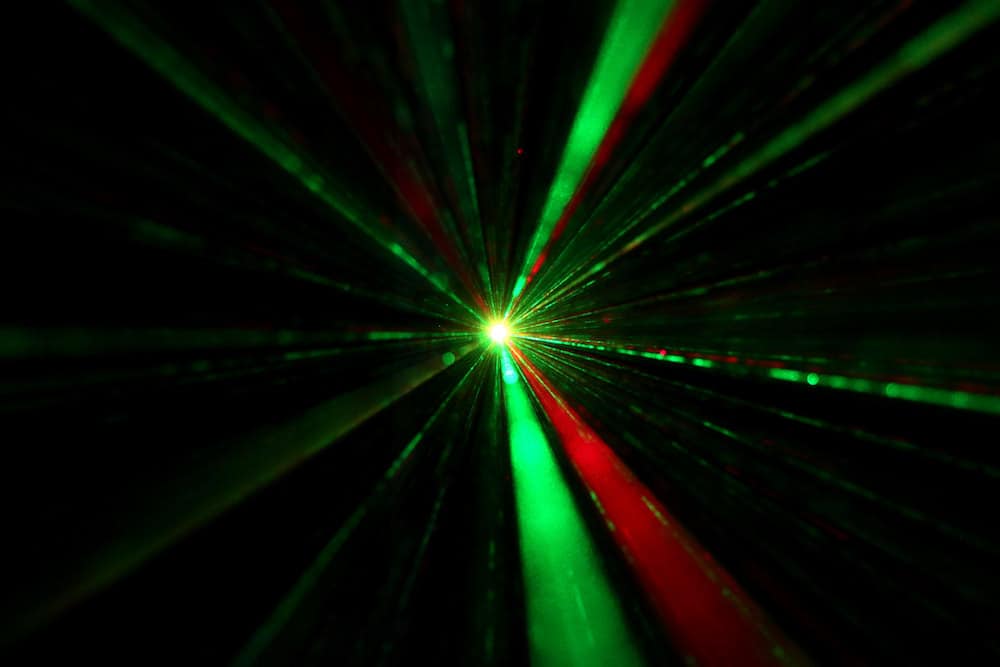The universe contains many complex chemistries and phenomena yet to be discovered or explained. Two recent studies offer a glimpse into how some ceramic materials may form in space.
Read MoreDeviations in the reported ionic conductivity of nominally identical ceramic electrolytes can be attributed in part to differences in the measurement and analysis methods used. Researchers in Germany developed a harmonized testing procedure that facilitates reliable assessment of errors that are due to inherent sample properties rather than analysis-related choices.
Read MoreThough hexagonal boron nitride is generally regarded as the most stable boron nitride structure, the relative phase stabilities of boron nitride polymorphs are still under debate. Researchers led by the Japan Advanced Institute of Science and Technology used Monte Carlo simulations to calculate the relative phase stabilities of these polymorphs.
Read MoreOn March 16, 2022, the National Science Foundation announced the establishment of a Directorate for Technology, Innovation, and Partnerships, its first new directorate in more than 30 years. Learn how this directorate came to be and what still needs to be decided concerning its operations.
Read MoreMuch research has established how the number of carbon vacancies in zirconium carbide significantly affects the thermodynamic and thermophysical properties. However, little is known about the effects caused by vacancy arrangement. A new open-access review paper summarizes the existing experimental and theoretical studies on these effects.
Read MoreFor decades researchers have categorized energy storage devices based on whether they behave like a battery or a supercapacitor. An international research team argues that energy storage mechanisms should be viewed as existing on a spectrum instead and that the current binary classification system could hamper development of new technologies.
Read MoreCurrently, replacing conventional materials with carbon fiber-reinforced polymers typically increases life cycle energy use due to the energy-intensive fiber production process. A new prospective life cycle assessment suggests certain technological developments could lead to carbon fiber composites with lower environmental impact than glass fiber composites.
Read MoreScratch formation on glass surfaces is a ubiquitous phenomenon, yet little information is available on the role of glass surface structure in triggering scratch formation. In a new open-access study, University of Bayreuth researchers “scratch the surface” on understanding the surface structural elements of soda–lime–silica glass that contribute to scratch formation.
Read MoreReplication studies have demonstrated how slight changes in methodology can significantly affect results. Researchers in Mexico investigated the effect that one seemingly minor methodological change can have on experiments—the radius of the indenter tip used in scratch testing.
Read MoreThe use of transparent ceramics as a gain medium in lasers is an evolving field, and there is still much to learn about how processing parameters affect the ceramics’ performance. Researchers in Singapore and China published two papers investigating the possible effects of a standard sintering aid and dispersant on lasing performance.
Read More









